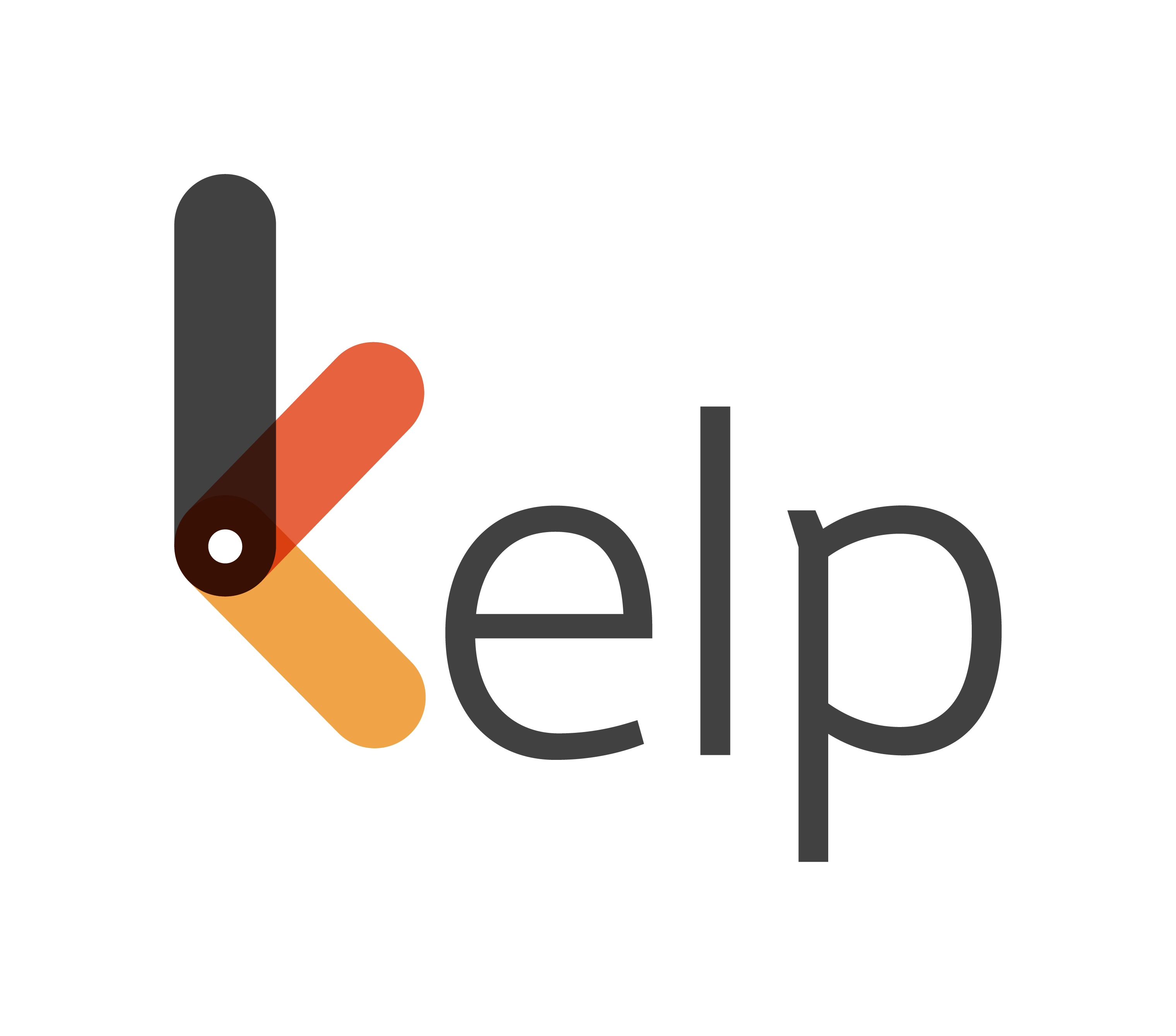I just finished my 3rd survey of the week!!! Imagine that – I fill up 3-7 surveys a week – the cabs I travel in, restaurants we eat at, online purchase of food and groceries, and so on….
Now, it’s my turn to create a survey for my employees… What are all these surveys telling us, anyway? And what makes surveys useful? We have an overdose of it – Take it to an employee, and he is going to say the same thing!!!
You are right. We have an overdose of it, these days. However, a quick set of questions that captures feedback will make your organization stay or sink.
So why not know what your employees are thinking. They are more than happy to share it with you……Not so fast!! Here are some things you may need to know before you launch into getting that survey going…
If you are a decision maker on the project, here are some questions to ask yourself
- Who do you want to get feedback from?
- Who is the recipient of this feedback?
- What areas can you NOT influence?
- What areas CAN you influence?

This crude diagram proves only one thing: SURVEYS ARE NOT SOLUTIONS IN THEMSELVES. In fact, they are starting points to identifying problem areas. Of course, it could highlight strengths that you may want to optimize.
This age-old instrument helps in identifying or confirming the problem areas. Areas for solutioning are derived once the understanding of the issues is complete – understanding the people, needs, conveniences, inconveniences, etc via Online questionnaire, telephonic surveys, interviews, etc.
Some of the biggest pitfalls of surveys are
- It takes time and therefore the zeal is lost
- The data derived from the survey if conducted too long ago may not hold good as the population for whom the solution was intended for, does not exist any longer
- Questions that are irrelevant and areas of ‘no or very low control’ takes the executor and the analyst on a bizarre path which just leads nowhere
So, how can we still use a tool like ‘Survey’, effectively?
Here’s what we think in a nutshell:
1.Identifying the purpose would be a starting point: Knowing what you want to gauge is key to a survey’s success. Based on this purpose, relevant questions and communications will drive the exercise and the intended population to a list of actionable items rather than a set of ambiguous responses.
2.Survey needs to be seen as a program rather than a one-time exercise that an organization does, just because your competitor published a score. It needs to be done based on the phase of growth, people, issues that crop up. Feedback mechanism of various kinds needs to be weaved into the culture of the organization. This shows employees how committed the management is, to bring about change.
3.An organization’s commitment to the survey results being auctioned upon: Here’s the deal: People will tell you what’s going on if you ask the right questions. However, ‘Are we gaining or losing the employee’s confidence because there is a lack of ownership’? If this exercise and action rest completely in the hands of HR, then the extent of change that could have been brought in would remain limited.
A recent article from Chris Ostoich, Founder and CMO of Blackbook HR, talks about how most survey administrators forget the respondent of a survey. More transparency means that employees know this isn’t just another survey that is trashed away. There is a purpose that’s clear to them too.
Showing employees
- What the survey was for
- What was found
- What the organization changed
Building a culture of openness and transparency happens when all key members of the living organism called the ‘modern day organization’ works together. This transcends from approaching surveys to just solve problems. They can act as change agents when utilized and driven by highly motivated leaders.
To know more, please watch our webinar
https://www.youtube.com/watch?v=zpy2ERB9Euk







